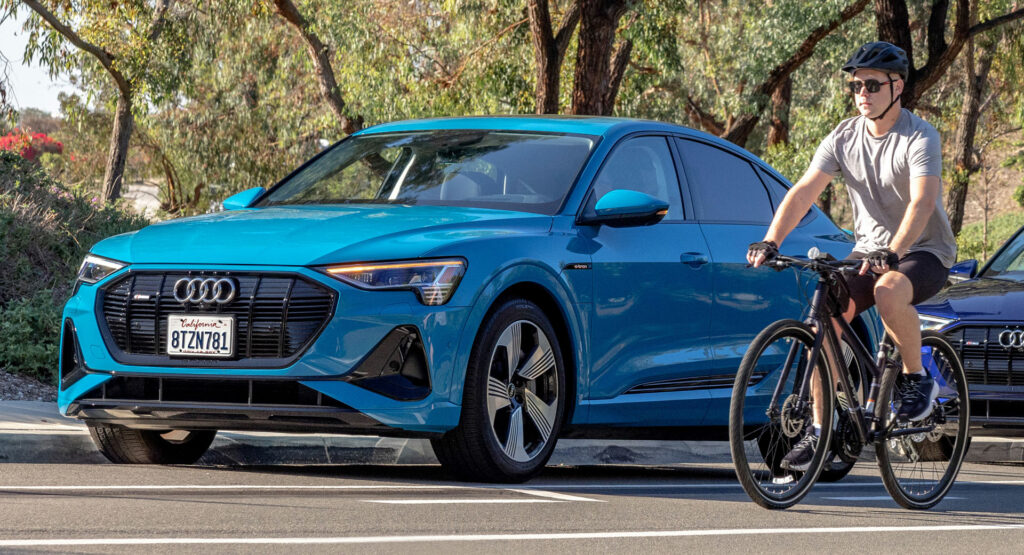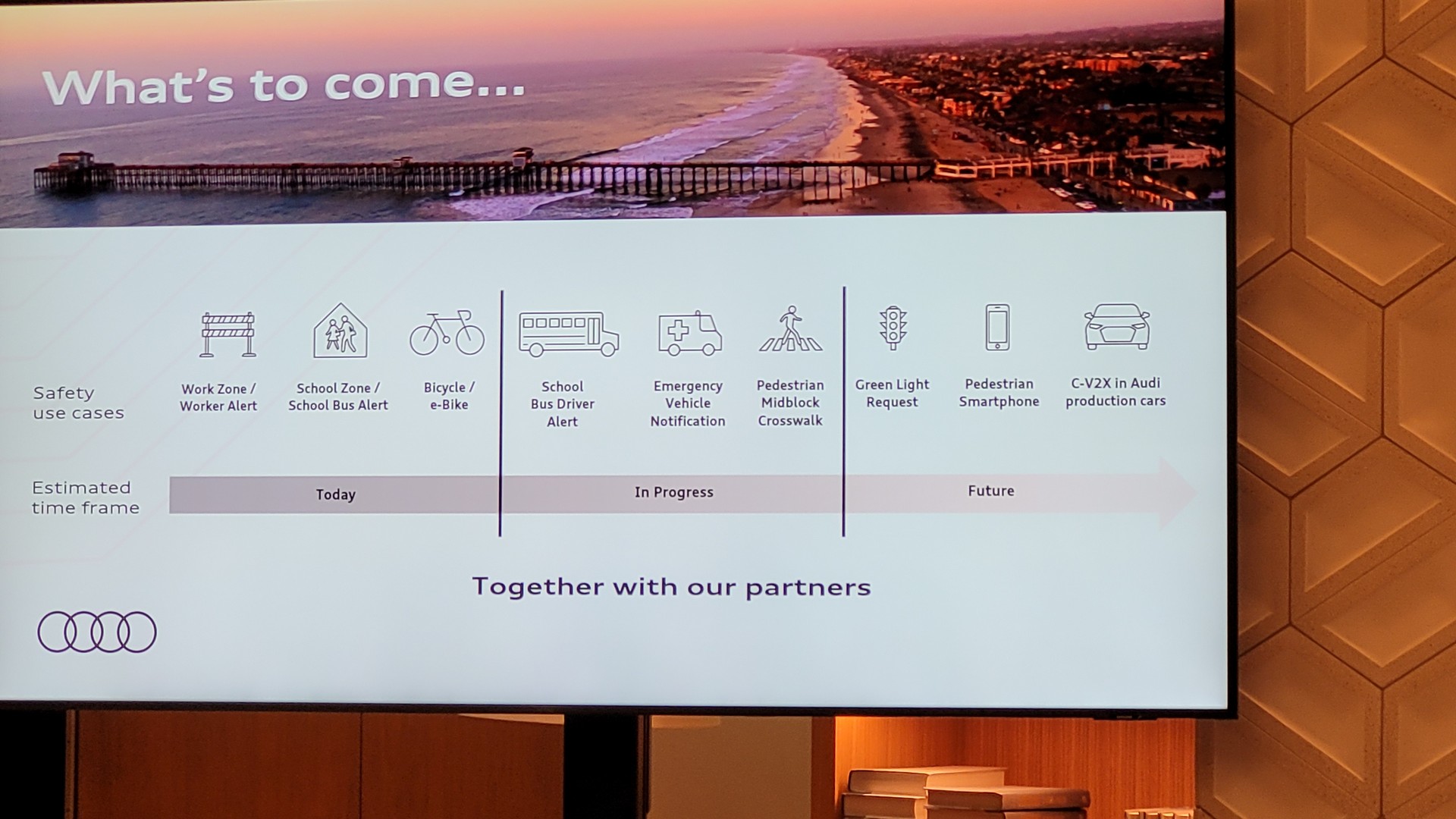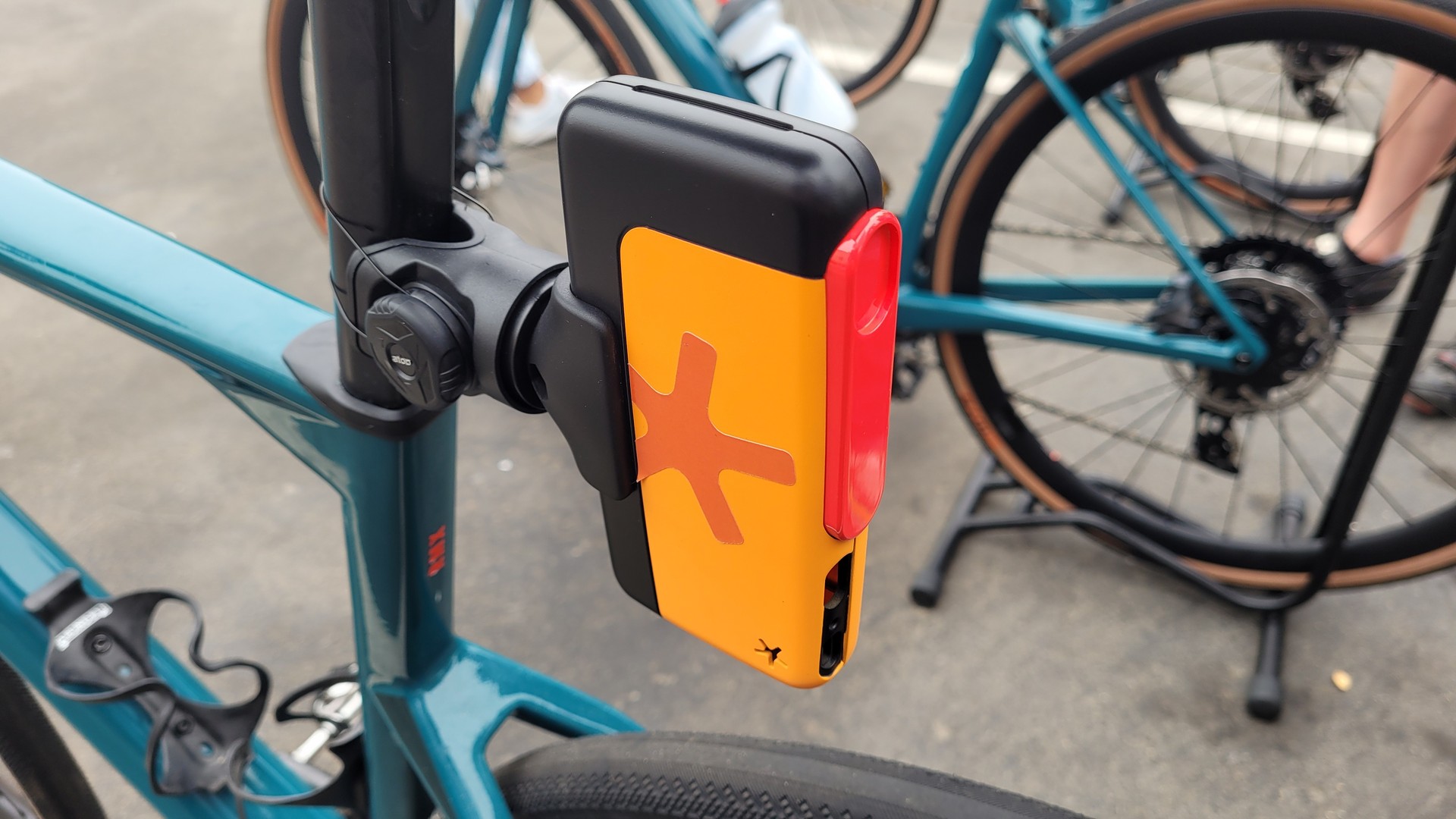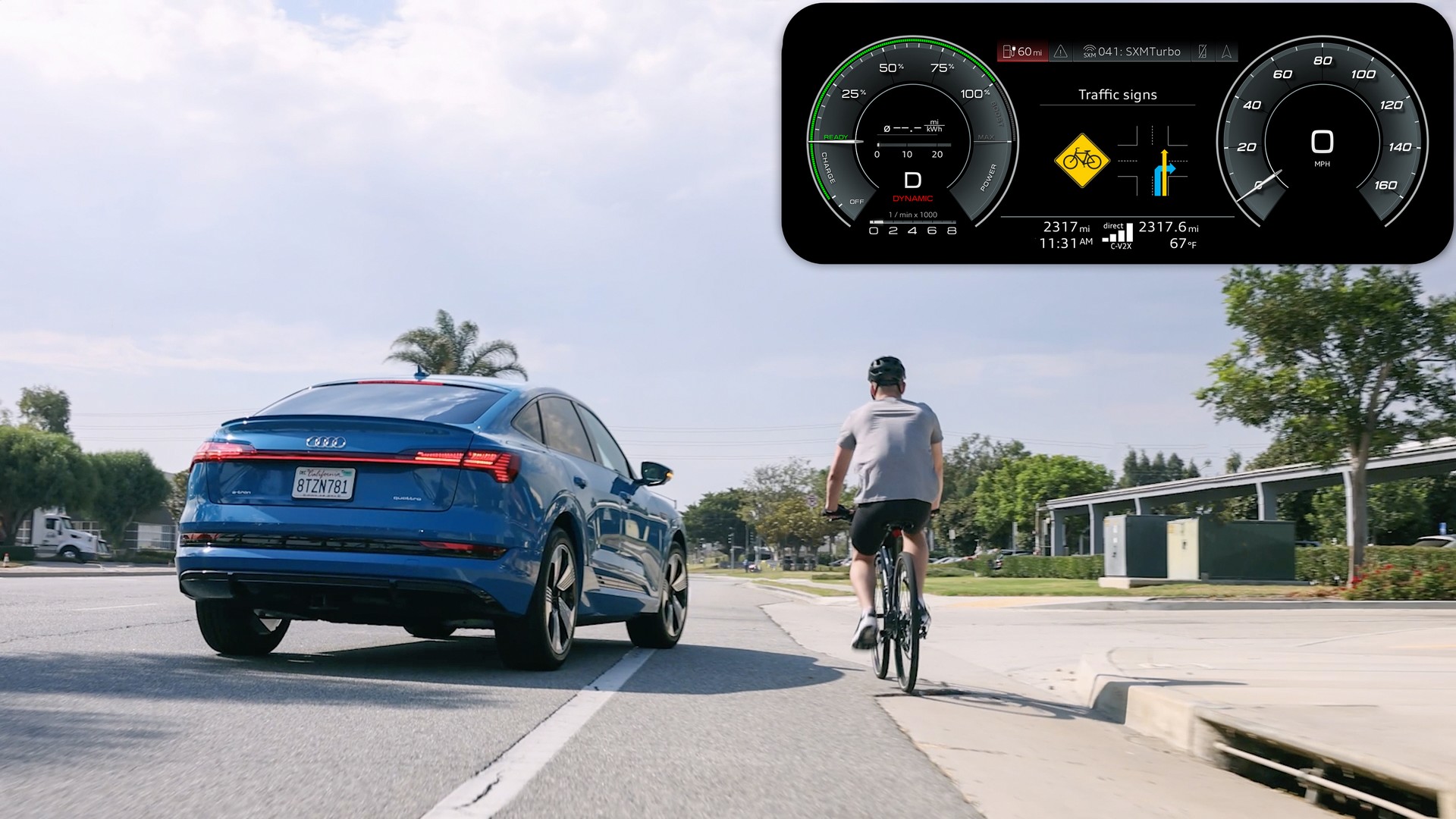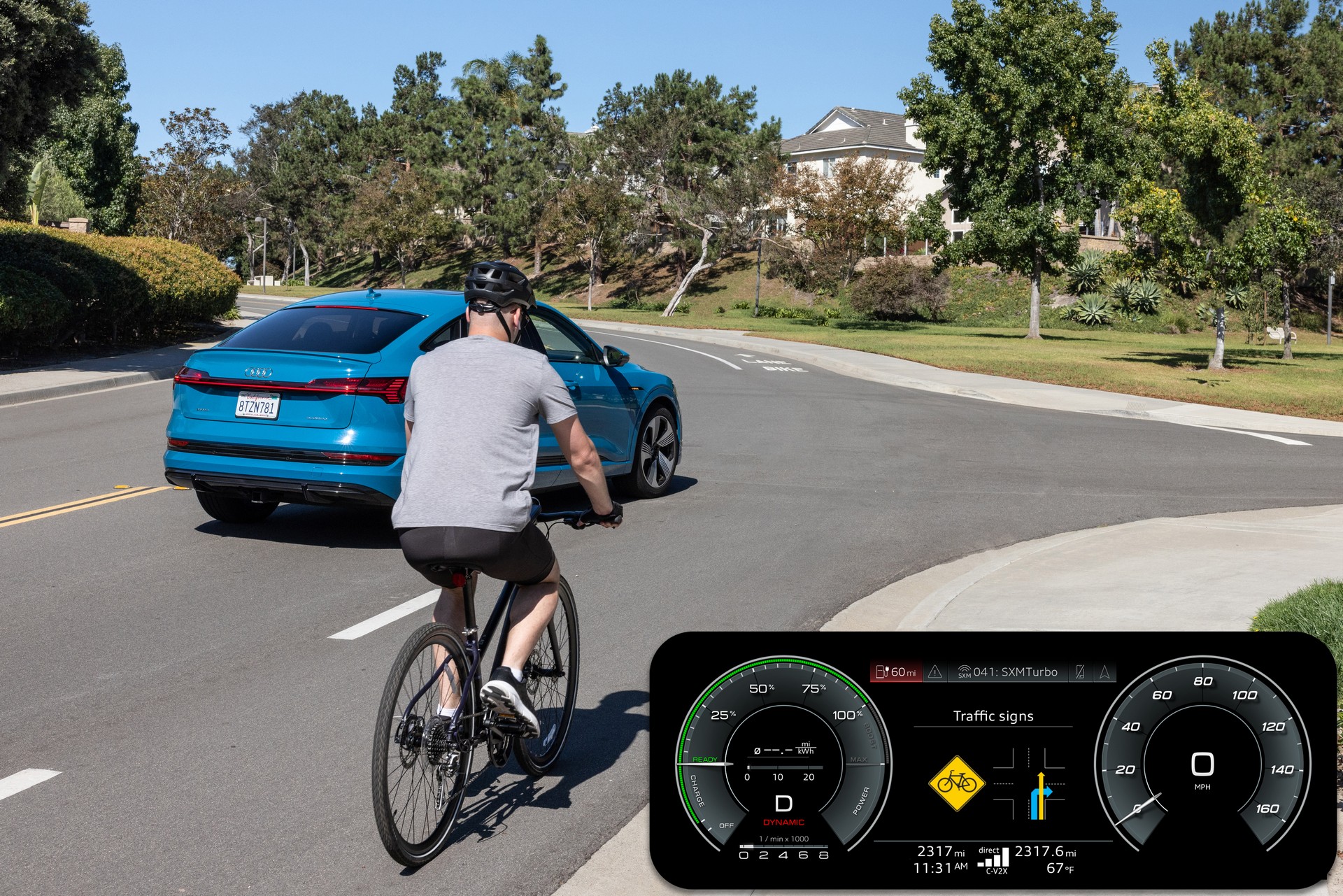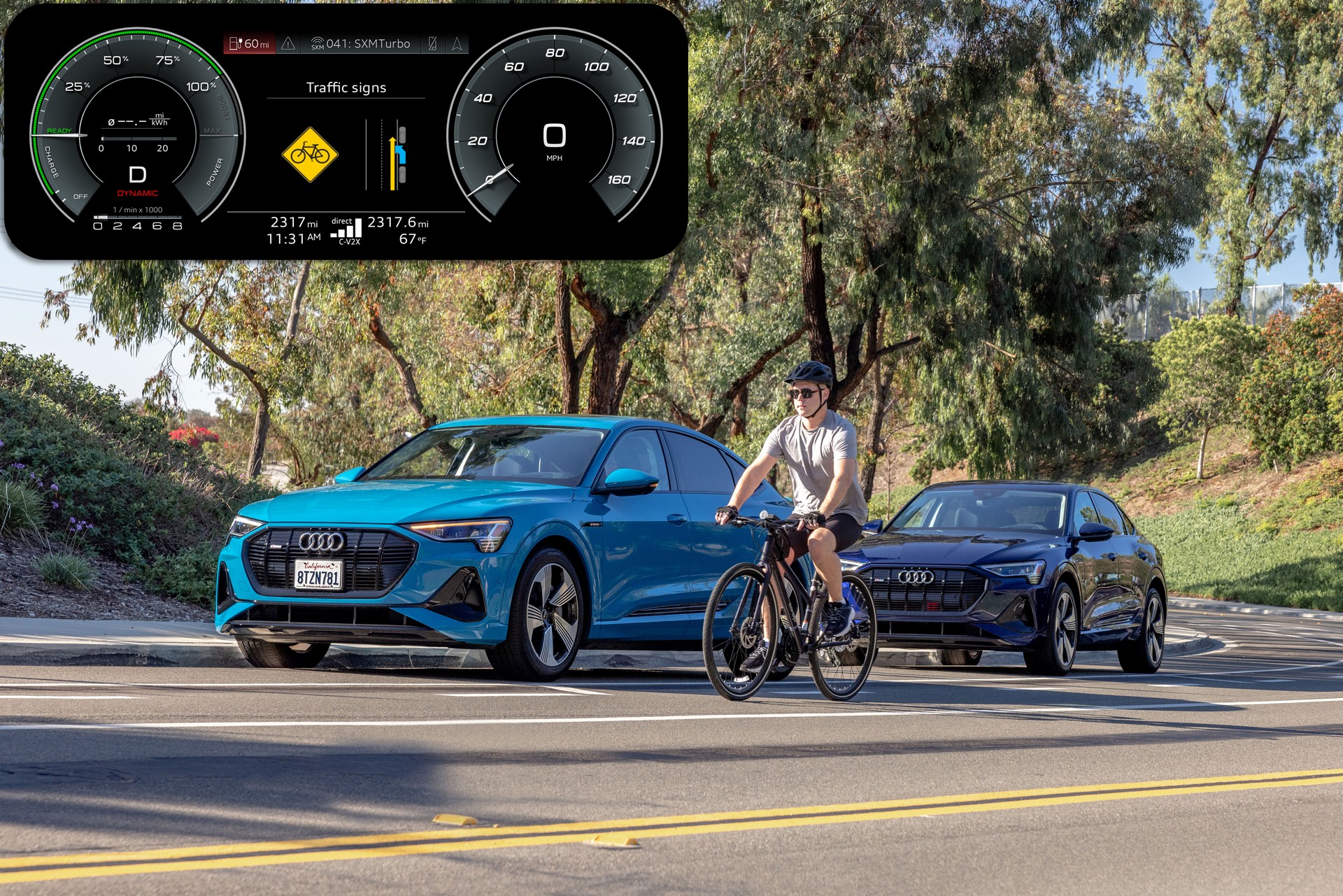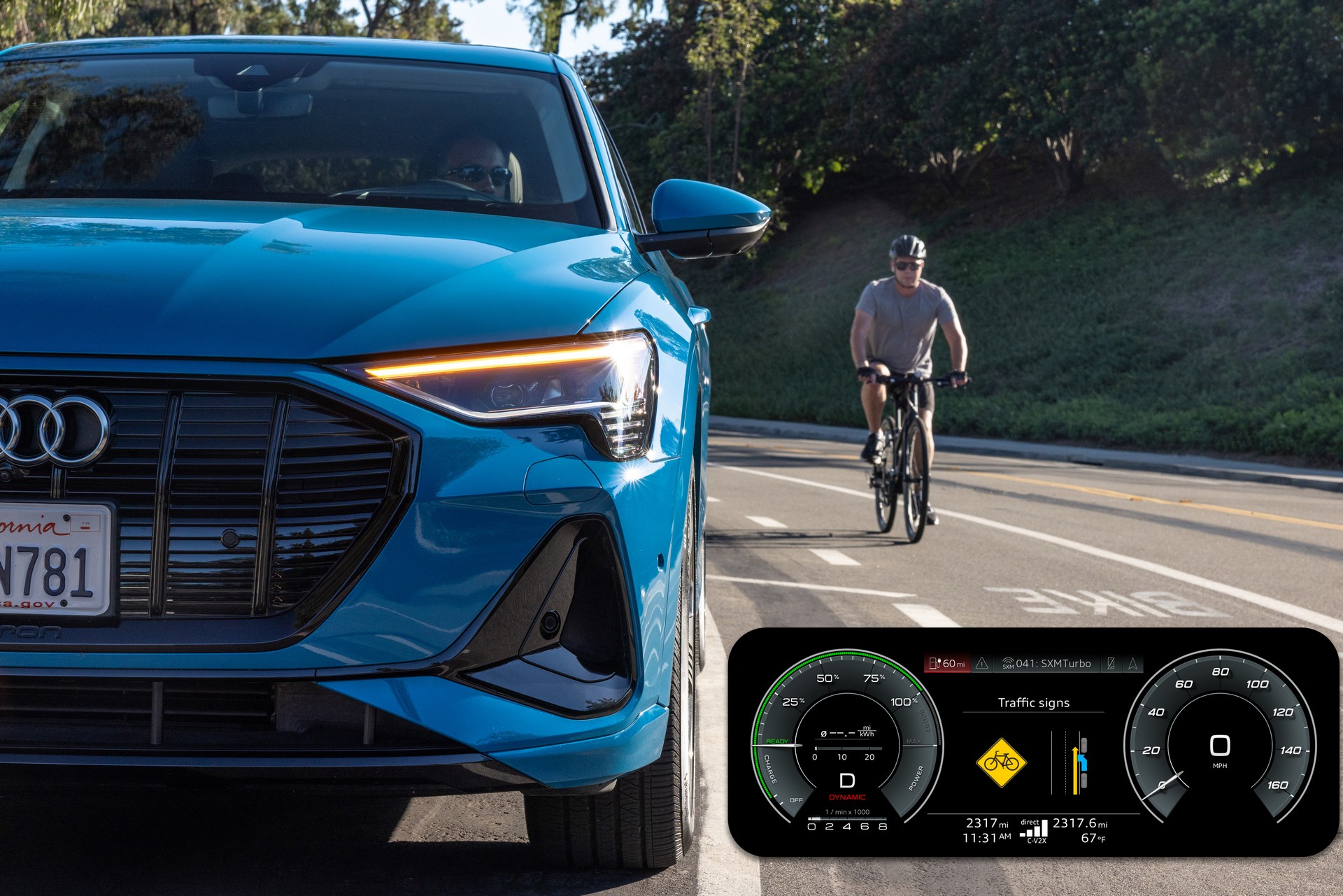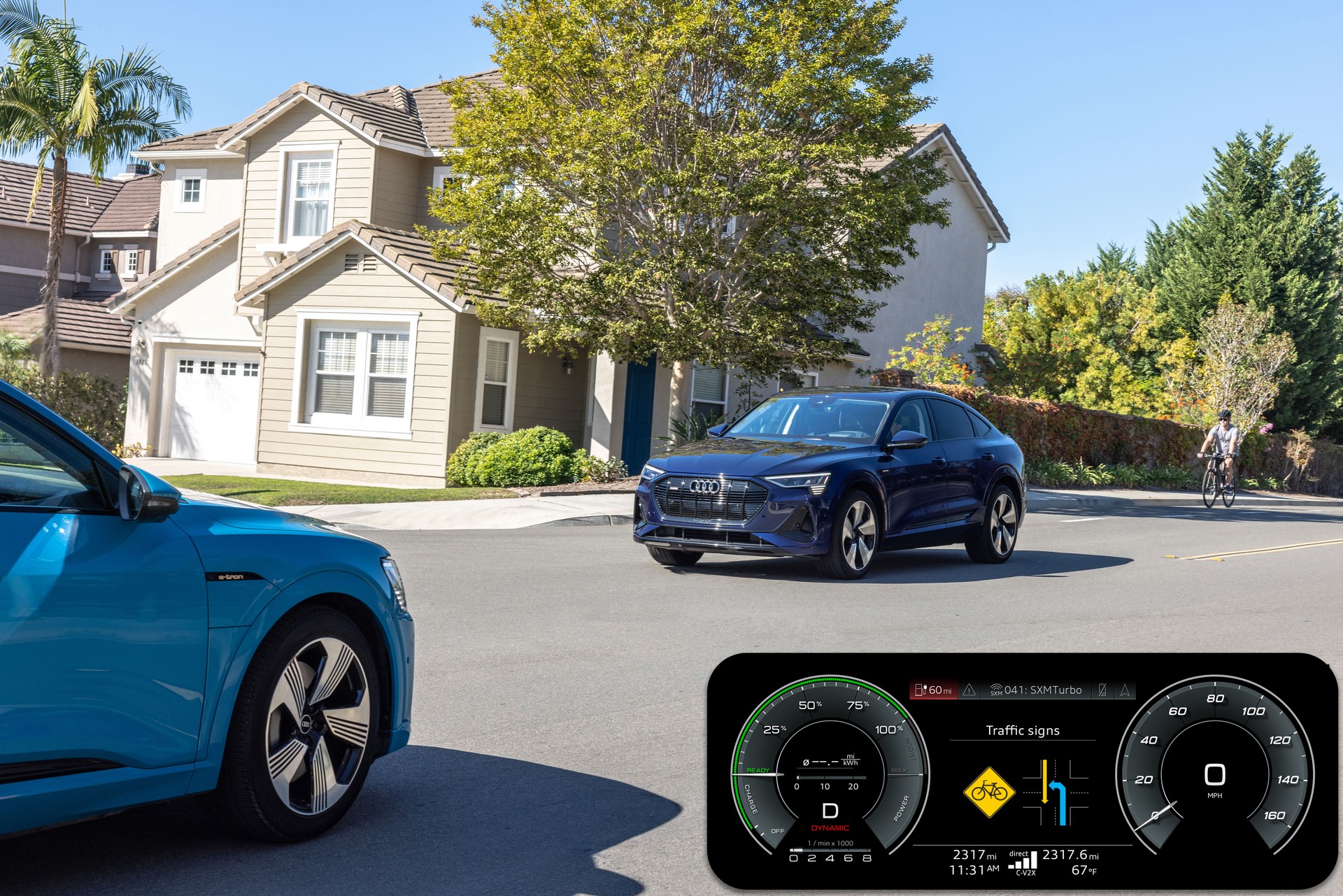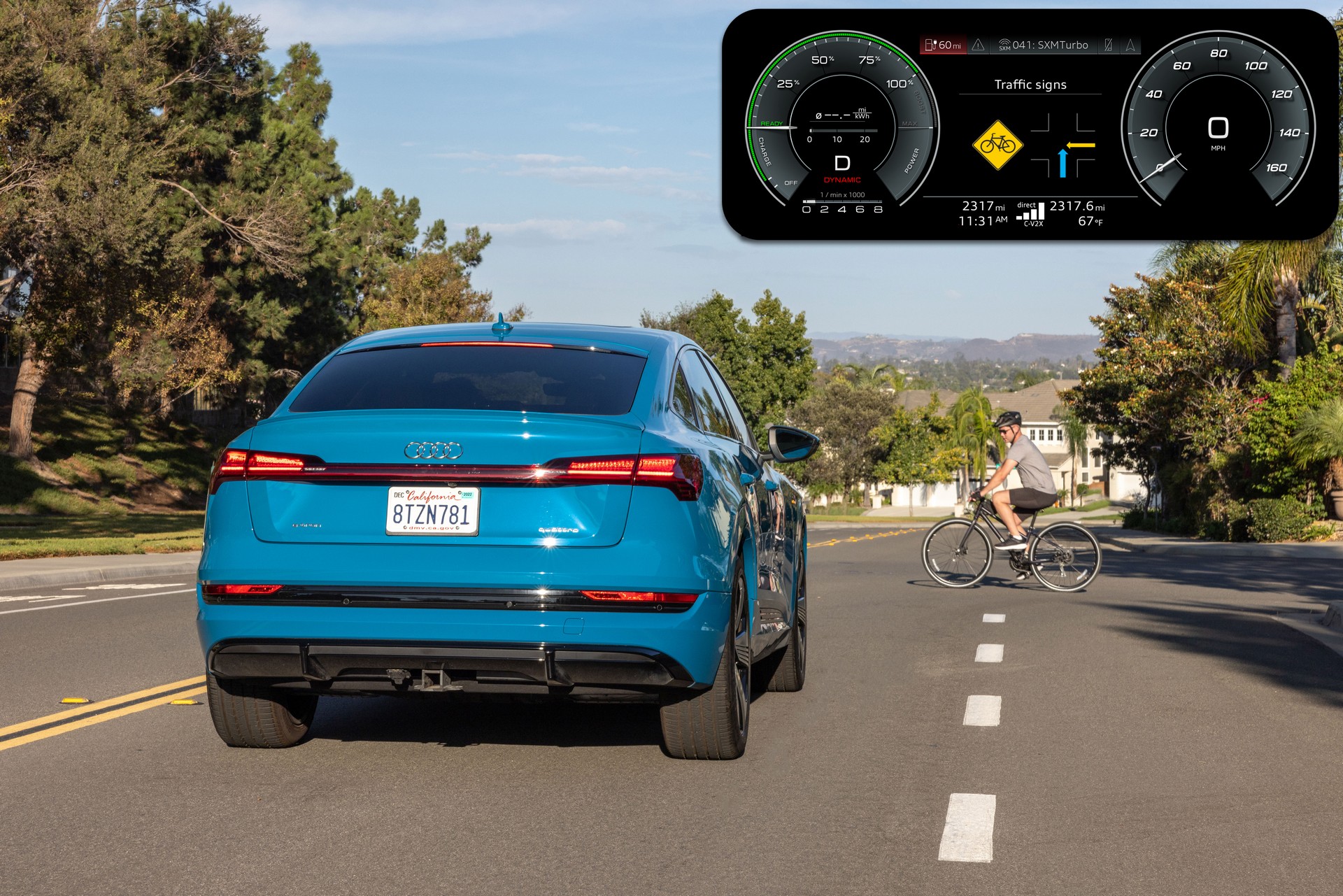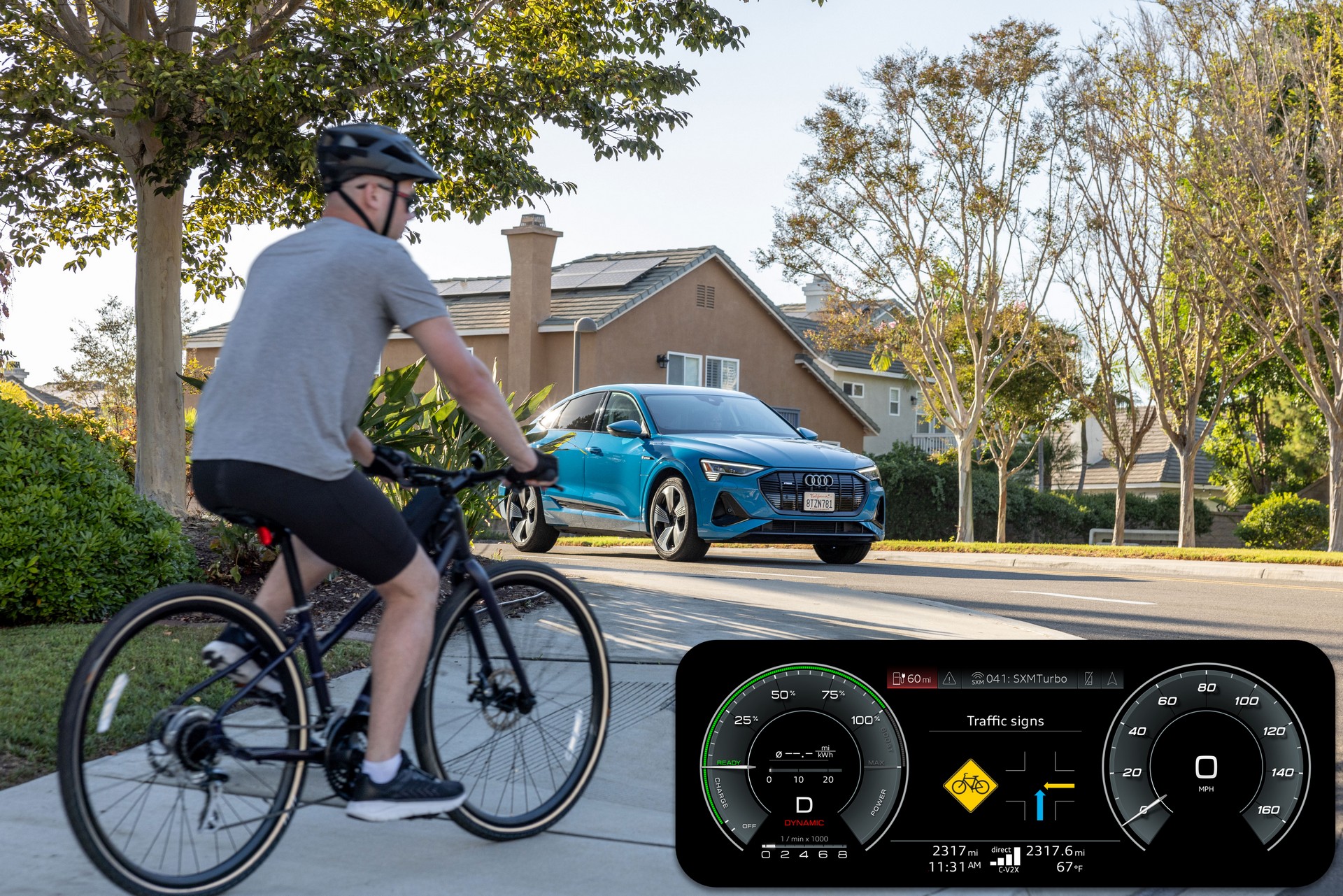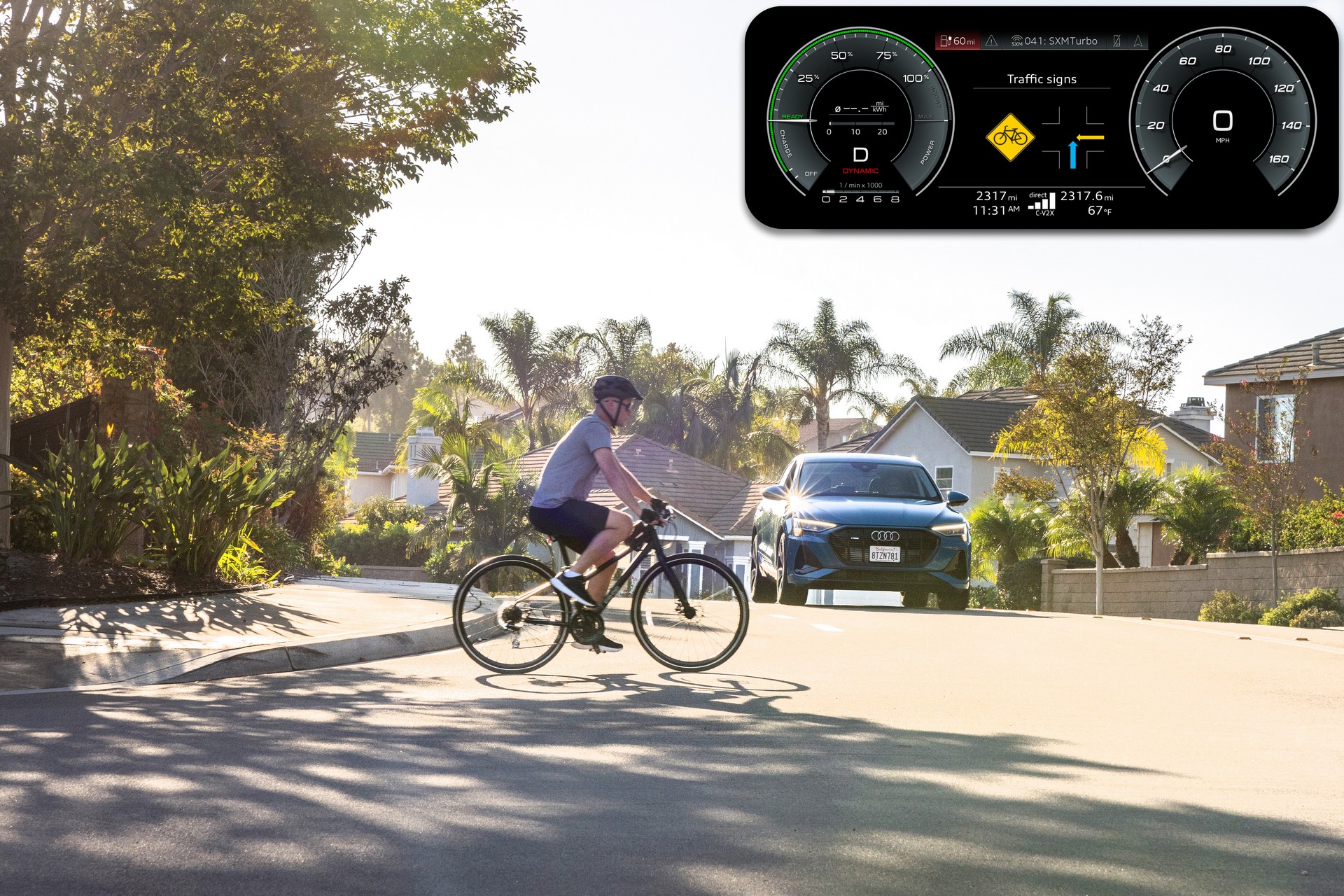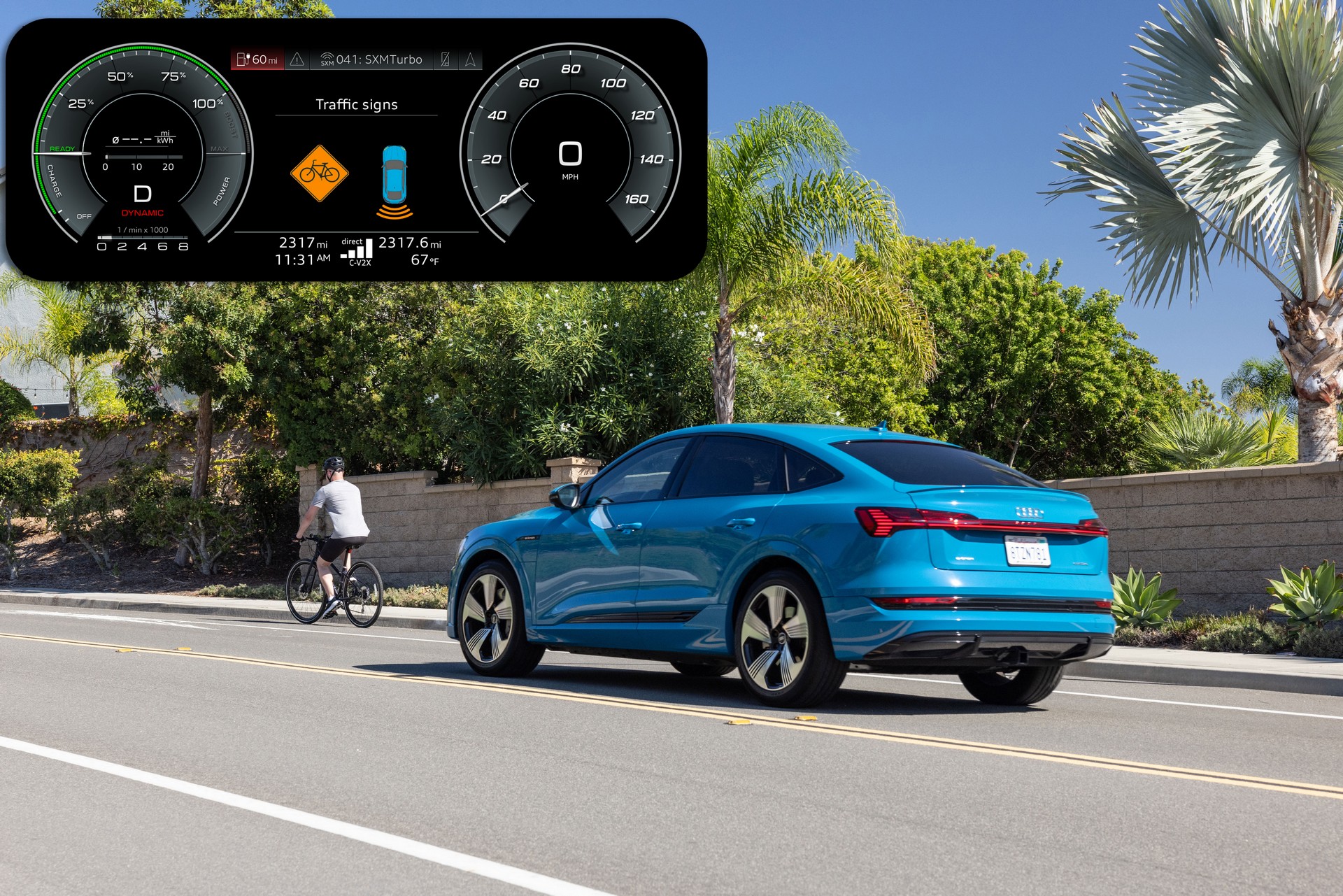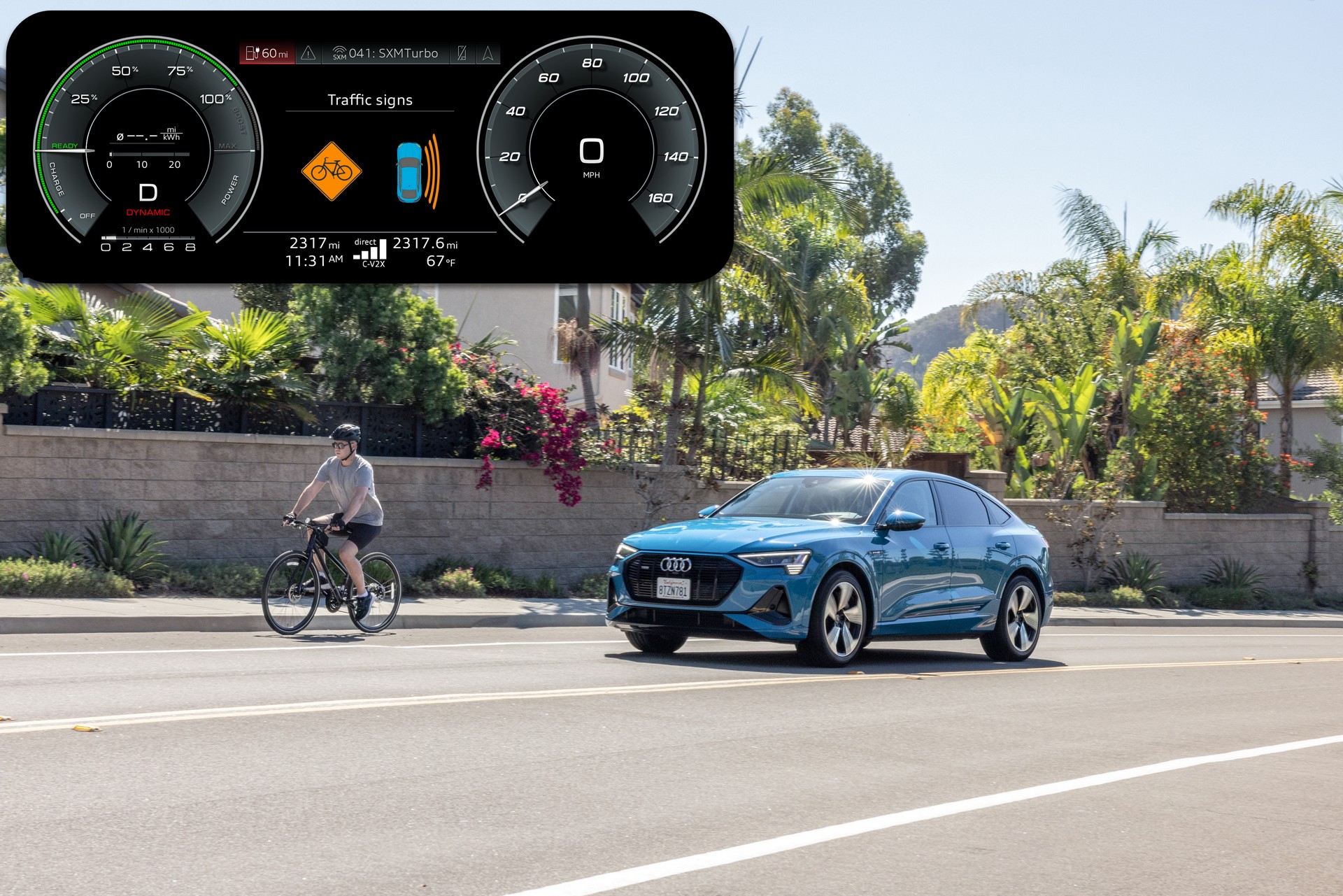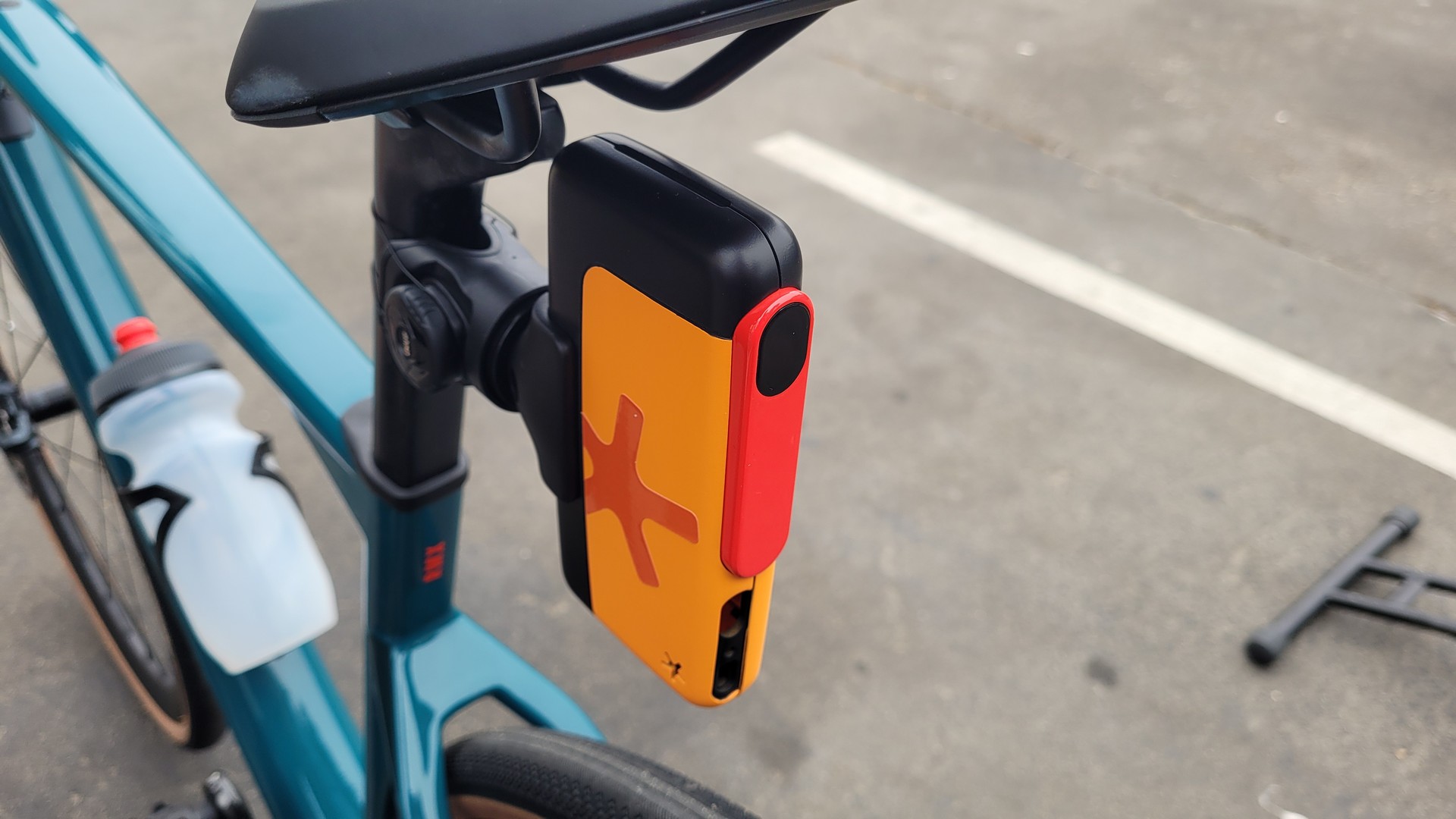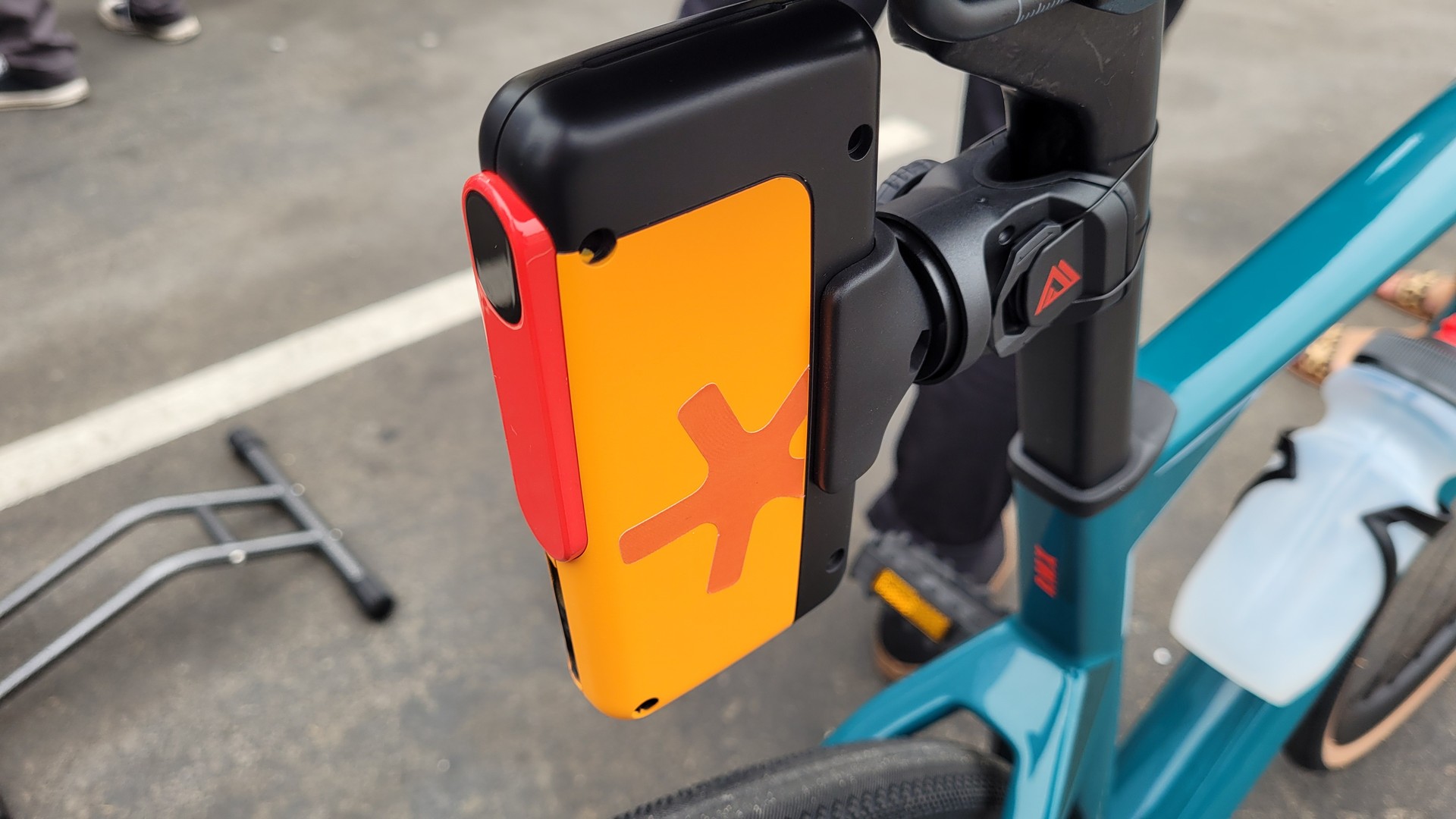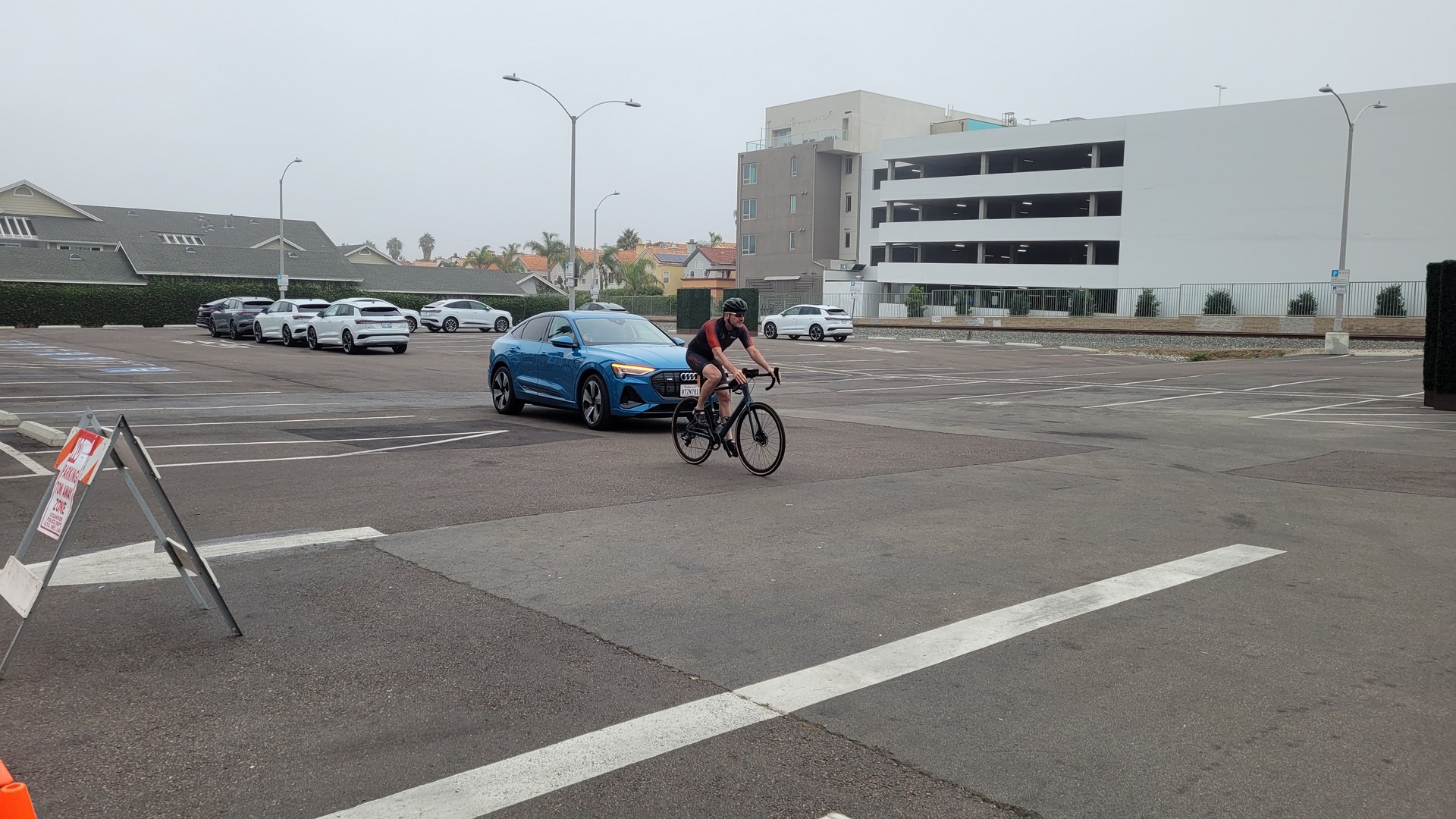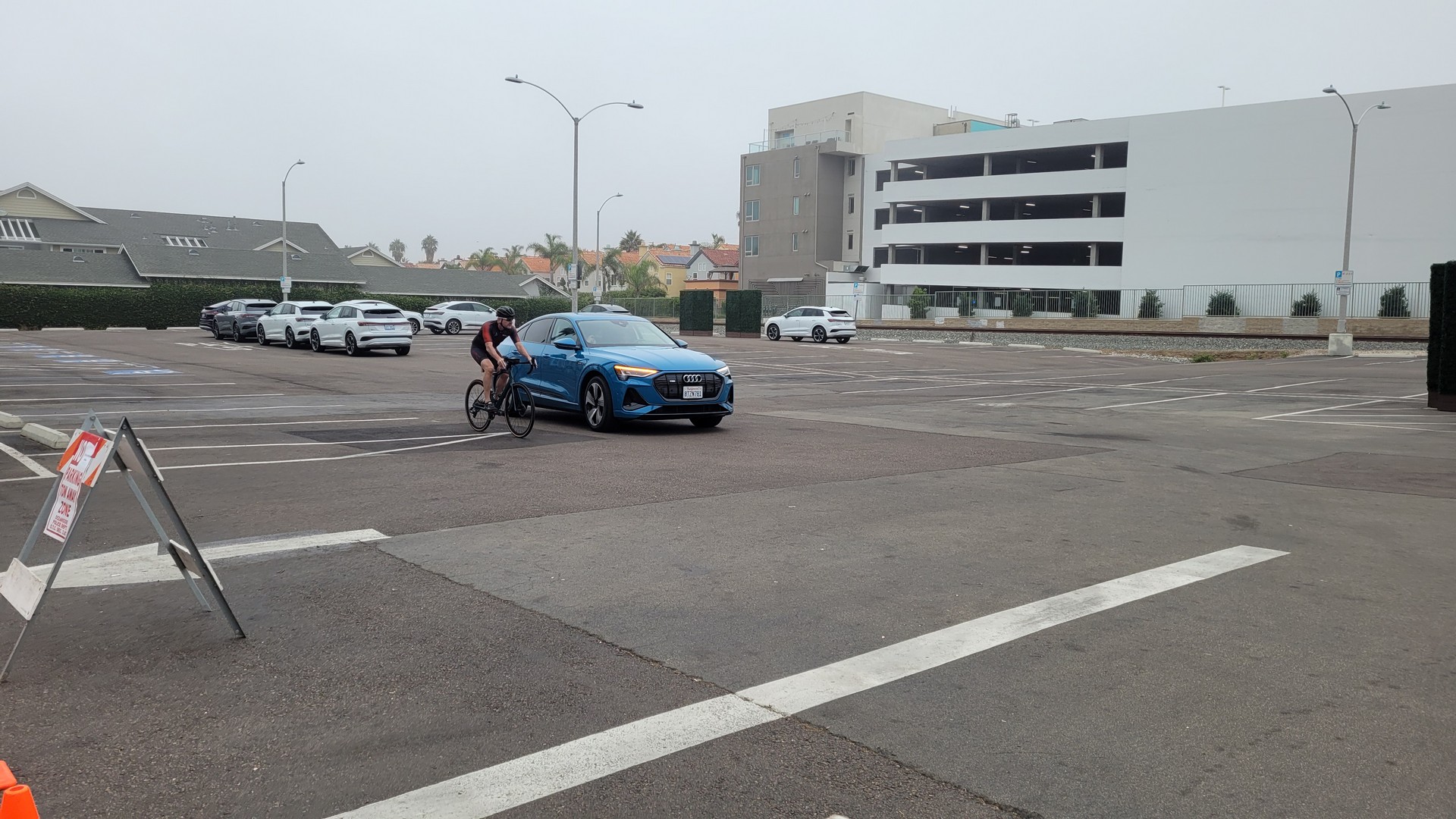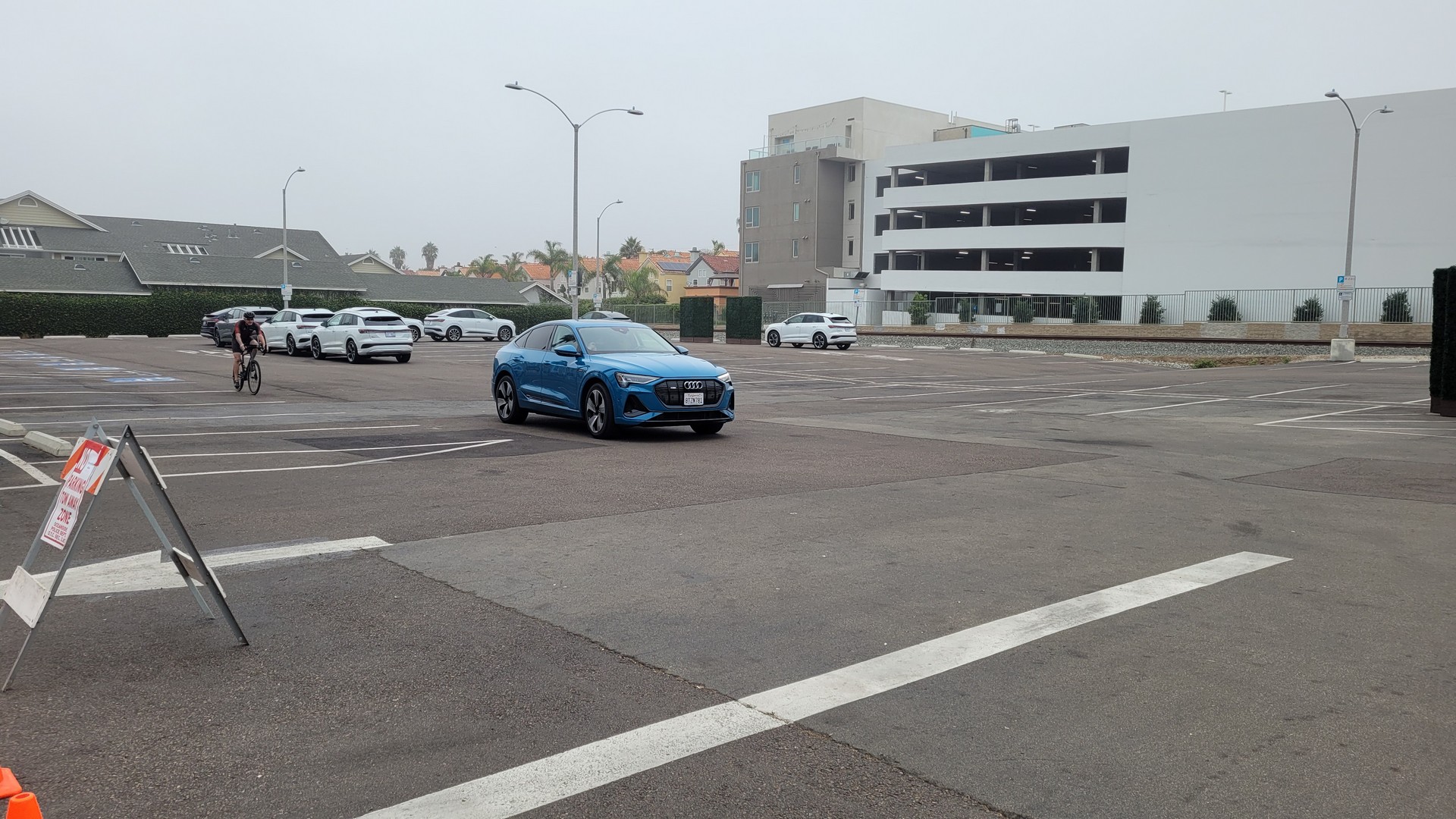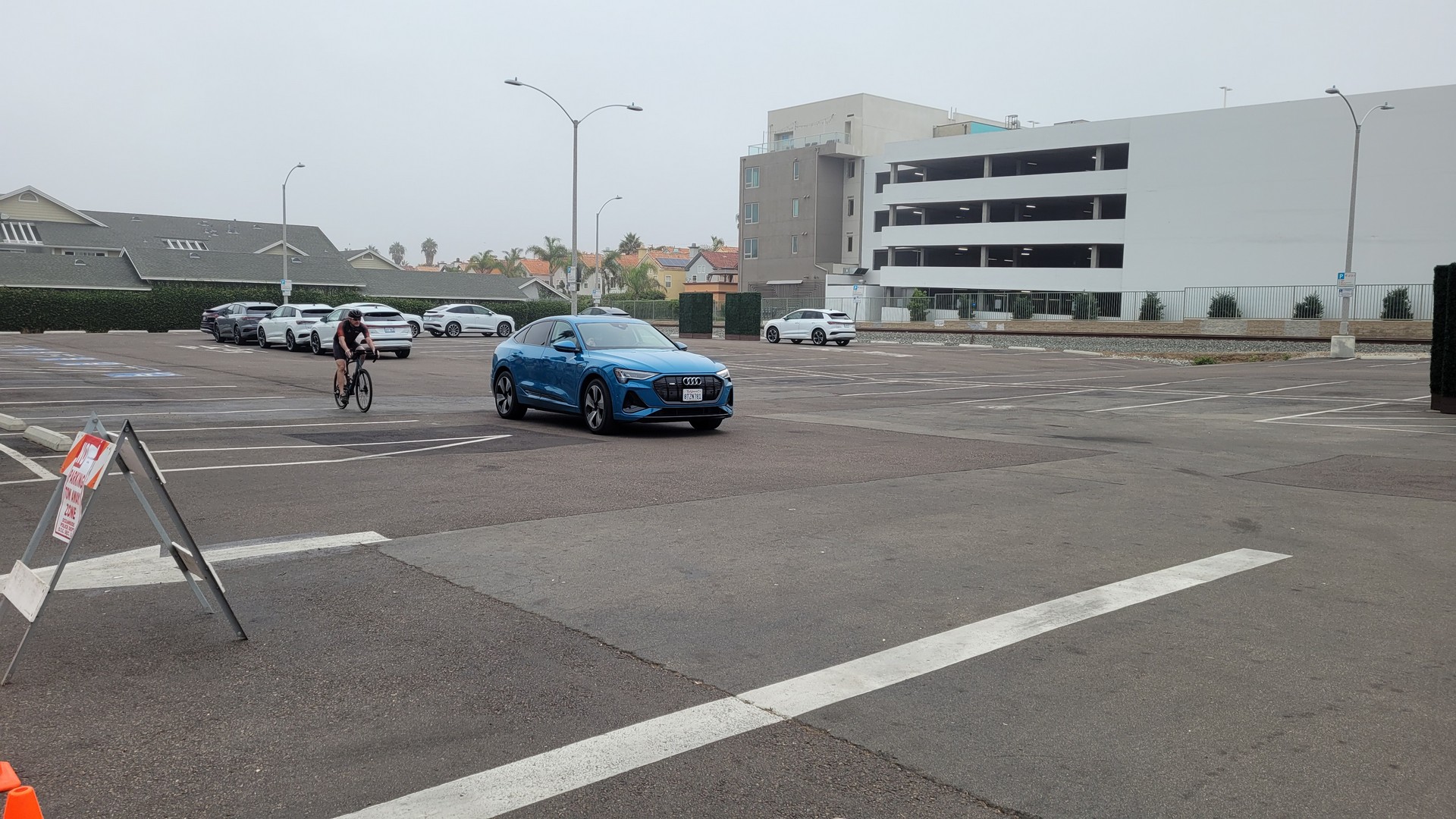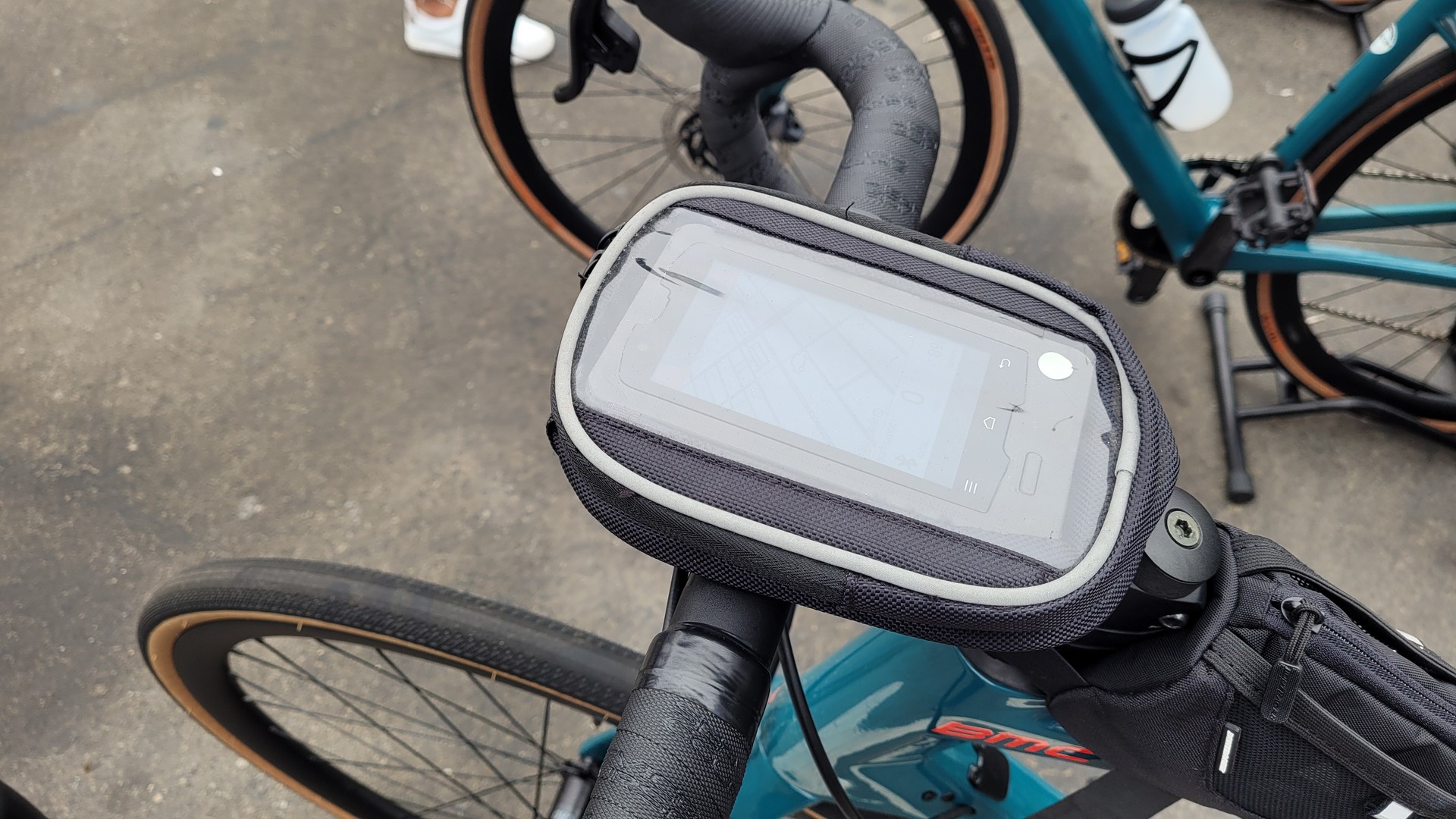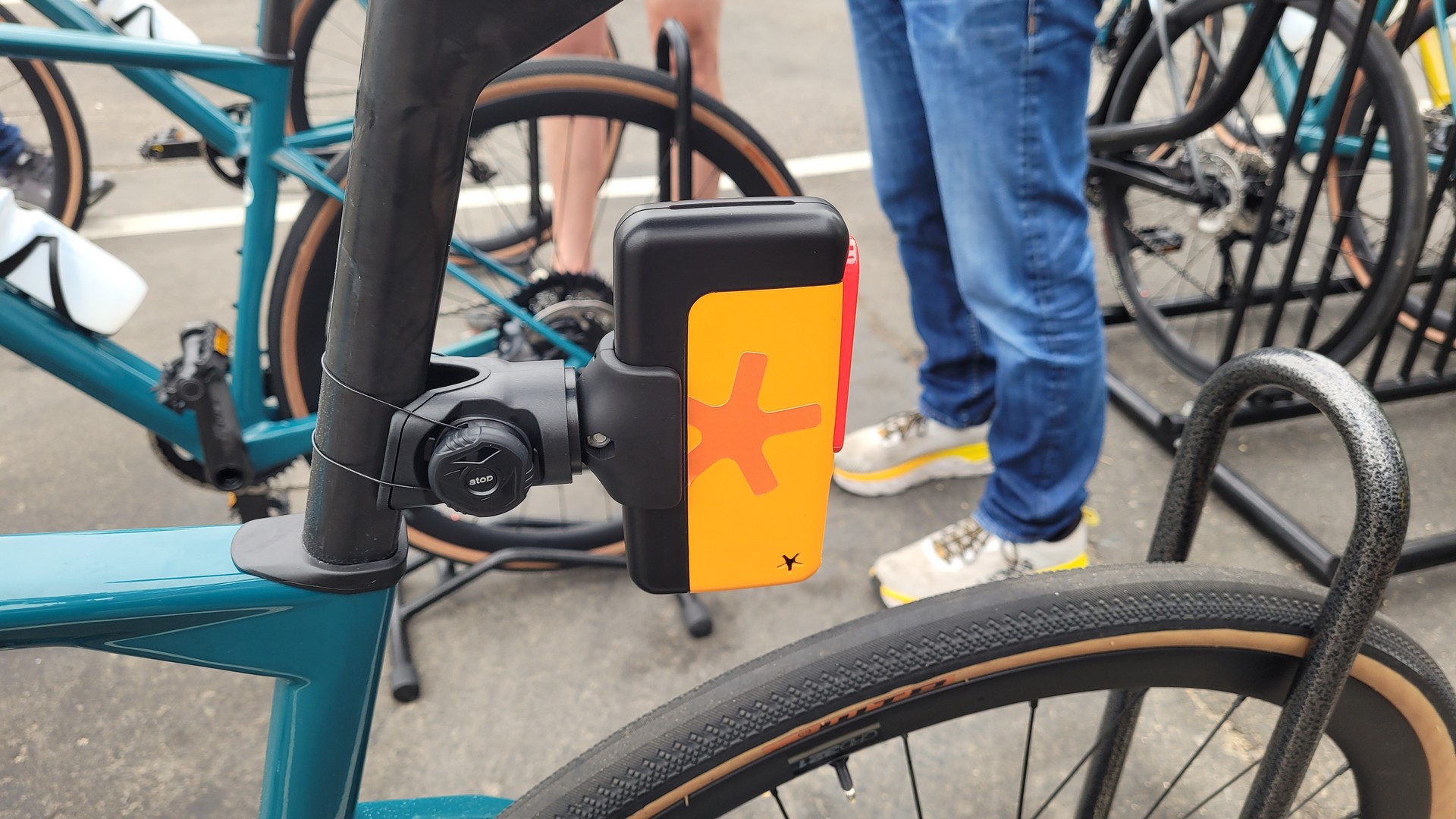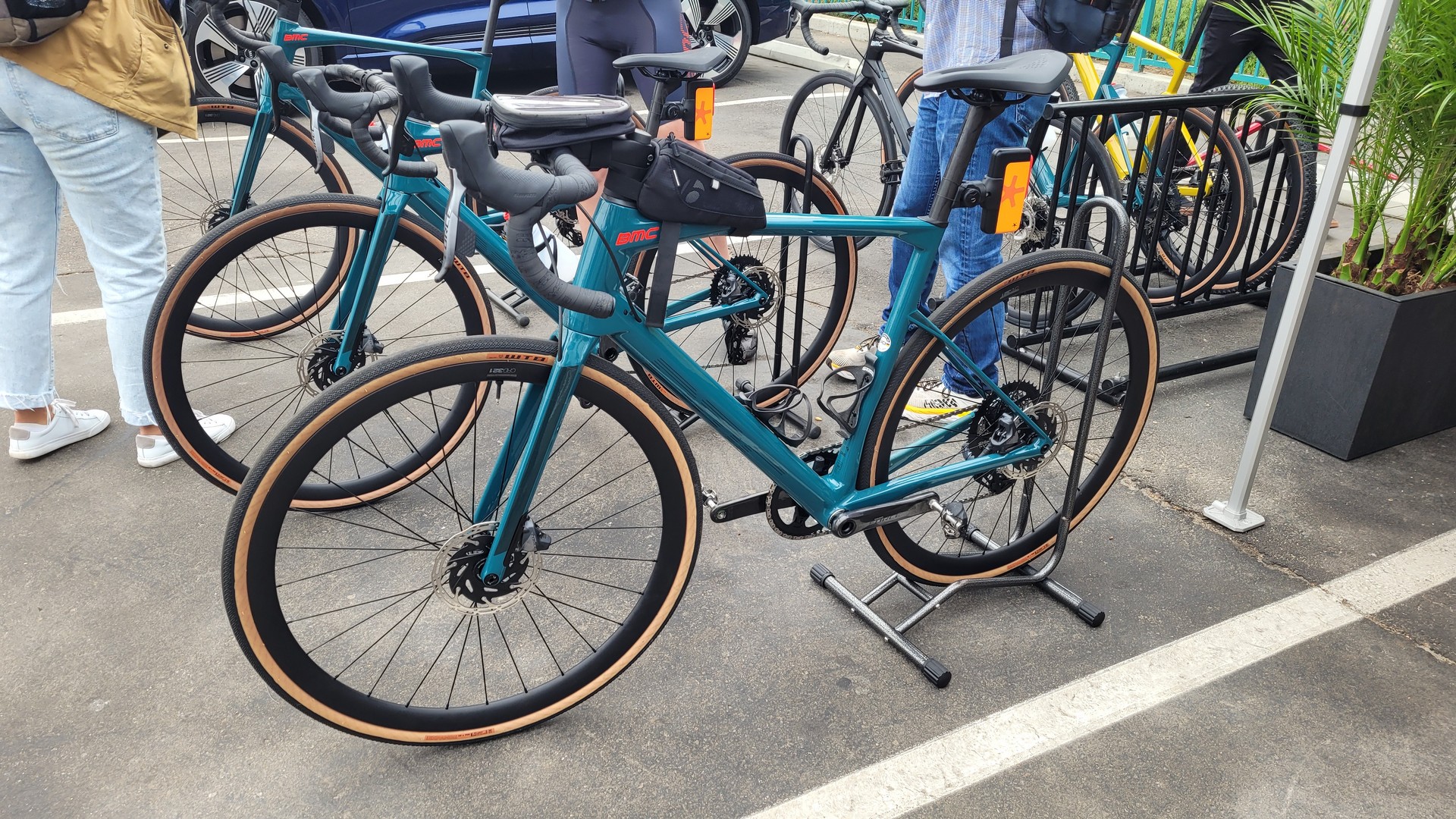Modern automobiles offer a dizzying array of safety features, but the National Highway Traffic Safety Administration estimates that 42,915 people died in crashes last year. That’s a 10.5% increase from 2020 and Audi believes this is unacceptable.
That’s why the German carmaker is pushing for Cellular Vehicle-To-Everything (C-V2X) adoption. They see it as a “gateway to dramatic improvements” not only in road safety, but traffic congestion as well.
The push for connected vehicles dates back decades, but Audi believes we have now reached a “turning point” in the long march to deployment as the U.S. government has set aside 5.9 GHz spectrum as a “Safety Band.” Furthermore, officials said issues involving standards and specifications have largely been settled, and this should soon pave the way for vehicle-to-everything technology to take a significant step forward.
Also Read: Ford Looking At Using Smartphones, Bluetooth, And 5G For Advanced Pedestrian And Bicyclist Detection
While we won’t delve too much into the technology behind C-V2X, it’s a direct connection between road users and infrastructure such as traffic lights. Despite having cellular in its name, the technology doesn’t require a 4G or 5G connection. This would actually slow down communications, which occur 10 times per second. The technology also promises anonymity as it’s only focused on nearby objects and their position.
That’s an incredibly brief explainer, but the whole point of C-V2X technology is to enable road users and infrastructure to effectively talk to one another and share relevant information. This has numerous benefits as drivers can be warned about nearby pedestrians and bicyclists, even if they’re not visible to the human eye. In the future, your car could even ask traffic lights to turn green if there’s no one else at the intersection.
That would be a dream come true, but Audi focused on bicyclist safety during a recent C-V2X demonstration in California. It involved a specially equipped e-tron Sportback and a cyclist riding a BMC bike outfitted with a Spoke C-V2X communication module as well as a smartphone-like display. The module shares the cyclist’s location with nearby vehicles, in an effort to improve safety, as nearly 1,000 bicyclists are killed annually in motor vehicle accidents with around 130,000 others being injured.
The number one reason for these crashes is that the driver didn’t see the cyclist and this is where C-V2X technology shows big potential. In particular, it can warn drivers about cyclists that are approaching from behind or obscured from view.
When exiting from a parallel parking spot, drivers are initially warned about approaching cyclists by a message in the instrument cluster. As the cyclist gets closer, the warning changes from yellow to orange and an audible chime sounds. Similar warnings occur at intersections, and when a cyclist is approaching from behind and you’re about to turn in front of them.
Cyclists are also warned about approaching vehicles by the bike-mounted display and an audible alert. This is helpful as both bicyclists and drivers are aware of each other, and should be more cautious.
Audi officials said we can expect models based on the PPE architecture to come with C-V2X technology and noted there could be as many as 60 million devices – not including vehicles – that can communicate with one another by 2030.
While that’s a ways off, the discussion is important today as the Infrastructure Investment and Jobs Act was signed into law by President Biden last year. It calls for “$110 (£98.4 / €112.1) billion in additional funding to repair our roads and bridges and support major, transformational projects.” Roughly $5 (£4.4 / €5.1) billion of that has been set aside for a Safe Streets and Roads for All program, and the Department of Transportation notes the deployment of “advanced transportation technologies, such as the installation of connected intersection-based safety solutions and vehicle-to-infrastructure (V2I) advisory speed limit systems” are eligible for funding.
As a result, there’s money to make America’s infrastructure smarter and safer. However, it’s up to government officials to act and think about the future.








